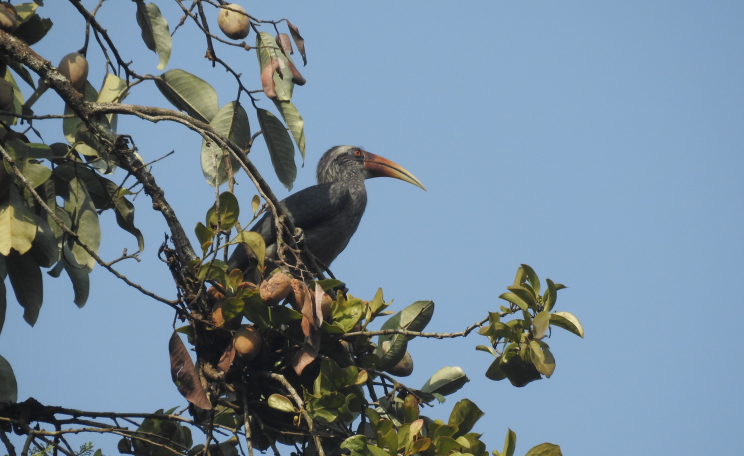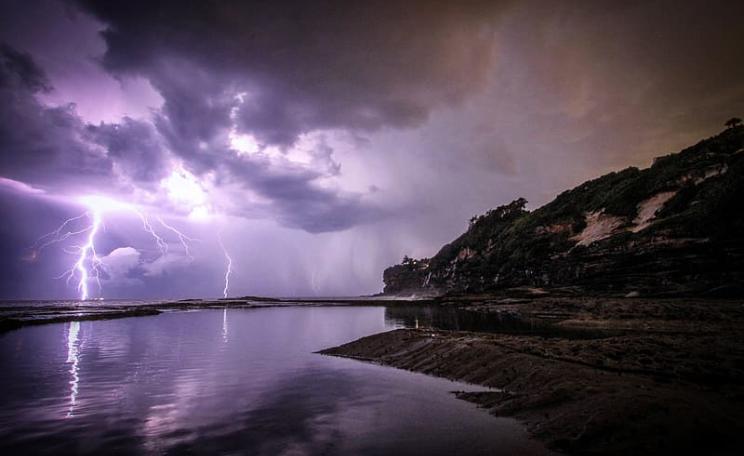-
What could speak more powerfully about this critical moment in time than the deaths of at least five climbers on the final approach ridge to the summit of Chomolungma*.
The climbers died because they were queuing. Shuffling in two directions, past bodies and cadavers, on the same rope to the Instagram opportunity at the top, sometimes waiting up to twelve hours in the deliberately labelled ‘death zone’ for their selfie moment.
People are queuing to conquer - and dying in the descent.
Pushing limits
I was instantly reminded of the harrowing footage in the recent Netflix ‘Our Planet’ series of the walruses in north west Russia tumbling to their brutal deaths from rocky clifftops.
The retreat of sea ice due to climate change is forcing tens of thousands of walruses onto already overcrowded islands, the only respite from the agitated mass of bodies, the deadly precipices above. The walrus’s poor eyesight above water dooms them to a lethal plunge.
The walruses have no choice. But we do.
Summiting Everest is the ultimate in mountaineering achievement. It has now been done by almost 10,000 people.
Fatalities often occur when climbers push themselves beyond their physical limits in a desperate push to reach the top, or more frequently on the way down through exhaustion, lack of oxygen or punishing changes in weather once a ‘window’ closes. Or because they’re stuck in a logjam of fellow climbers.
Commercial expeditions
It’s a cult of individualism. Paying punters increase the pressure for guides to ‘deliver’ the promised experience (climbing the mountain costs tens of thousands of pounds). The slopes are now littered with bodies, over 200 of the 300 who have died at altitude remain on the mountain, alongside the tonnes of debris and detritus from multiple commercial expeditions.
This once pristine pinnacle on the roof of the world is now tarnished by the single-minded pursuit of individual experience, as ‘customers’ are putting both themselves and other climber’s lives at risk, and leaving a trail of filth in their wake in what should be a wild and wonderful place. ‘Me’ triumphs over ‘others’ and nature.
I completely get the human desire to explore and the extreme. ‘The Worst Journey In The World’ about the ill-fated Scott Polar Expedition is one of my favourite travel books, and I was gripped by Alex Honnold’s ‘Free Solo’ as he scampered up El Capitan’s sheer face without a rope to be seen.
These are both, for different reasons, vivid testament to human curiosity, tenacity, skill and endurance. But when you are the 10,000th person to achieve something it’s all about you, not about us and our collective pushing of boundaries as a species.
Consumer mindset
Everest’s life-threatening bottle-neck is repeated in other perhaps less ‘heroic’ travel and tourism.
Macchu Piccu’s proposed new airport will bring a vast increase in travelers to the Inca stronghold. Venice’s lagoon may now be flood protected, but not from the rising tide of visitors threatening to swamp the city. Approaching 30m visitors a year, Italy’s floating city could lose it’s last native resident by 2030 on current trends. The list goes on.
What happens when that which we seek to experience is damaged or even destroyed by that very seeking? What happens when the things we want to acquire beyond needs have terrible consequences for everyone?
We are approaching adventure and travel with the same ‘consumer’ mindset that drives our destructive materialism. This conquering and acquisitive mentality is the result of a conditioned mindset of consumption.
The prioritisation of individualism. The primacy of firsthand experience over vicarious value and appreciation, no matter the wider costs. The disconnection from a greater sense of self that is expansive.
Privileged few
This selfishness is why we talk about climate inequality as the ‘champagne glass’ distribution in which the top 10 percent of population emit almost 50 percent of the global carbon.
A small minority that guzzles vast amounts of the collective pie is what is driving us to the brink, not the relatively modest lifestyles of the bottom 4B people on the planet.
We could all admire this wonderful world from our own distance and perspective, in the same way that generations of Tibetans and Nepalese admired Everest without once ever feeling the need to climb the bloody thing.
It is increasingly possible for everyone to enjoy everything, even if by proxy. Or we can allow the rash and privileged few to climb above us all, and not give a toss who dies on the way down.
This Author
Ed Gillespie is the author ‘Only Planet’. Follow him on Twitter , LinkedIn , Facebook and Instagram.
*Chomolungma is the Tibetan name for the mountain we call Everest, that means ‘Goddess Mother of the World’. Its Sanskrit name is ‘Sagarmatha’ which translates literally as ‘Peak of Heaven’.







